To Bee or Not to Bee
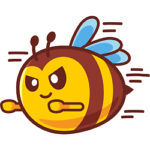
Bee-lieve it or not, I have never, in my life been stung by a bee. In all my years working here at the plant center, I have managed to avoid that painful sting. Often by running around like a crazy person, screeching. The fear of the unknown is probably worse than the actual pain. As scared as I am, there are so many benefits to planting pollinator-friendly varieties that I would like to share with you. The pollination of food-grown crops, the growing number of endangered insects, easy maintenance, and low-cost gardening are just a few. Pollinator plants attract bees, wasps, butterflies, bats, and even hummingbirds. These benefits far outweigh the fear of the sting.
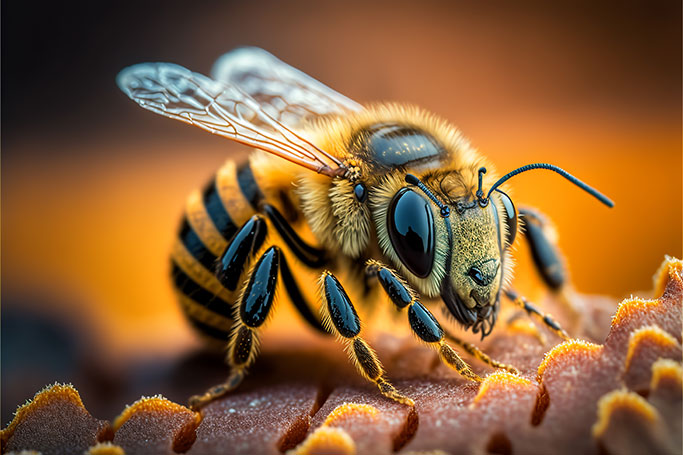
Pollination is the transfer of pollen from the male parts of one flower to the female parts of another, within the same species. Pollination results in fertilization, which is essential to fruit and seed production. This process is accomplished by insects, birds, reptiles, and some mammals. Fertilization is essential in food-grown crops such as fruit trees. Approximately 75% of the world’s flowering plants and 35% of the world’s food-grown crops depend on pollinators for their success. That’s roughly one in every three bites! That makes pollinators an essential factor in the global food web.
Another important reason to grow pollinating plants is the declining number of honeybees and other pollinators. This is largely due to human actions such as pesticide use, urbanization, emerging pathogens, parasites, and predators. US beekeepers are losing up to 30% of their colonies each year. While there are still over 2.88 million honeybee colonies in the US, some species are still considered vulnerable, endangered, or critically endangered.
Other pollinators also in decline are Monarch butterflies. This is largely due to habitat degradation and limited access to Milkweed on their migration routes down south. Planting Milkweed could be an easy start to help these populations. Asclepias Tuberosa and other varieties can always be found right here at Christensen’s. The good news is that if we are the problem, we can also be the solution, so planting pollinators is an easy way to help these declining species.
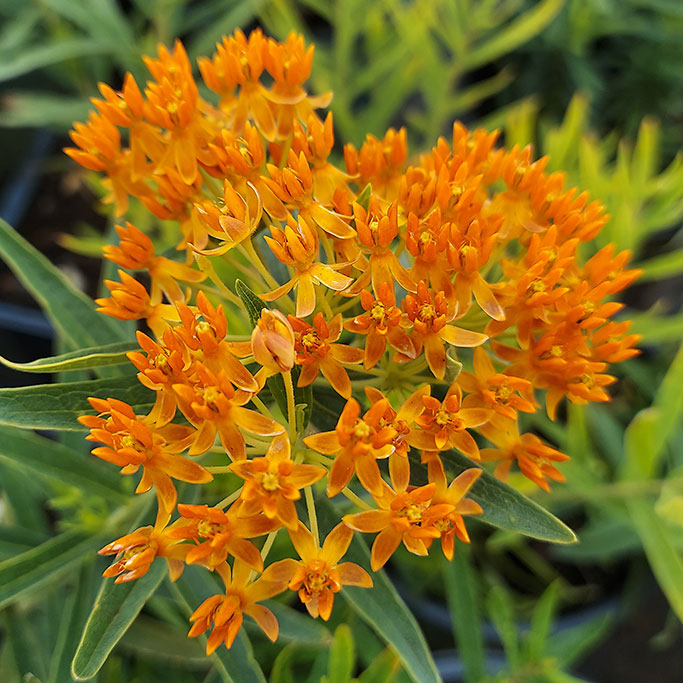
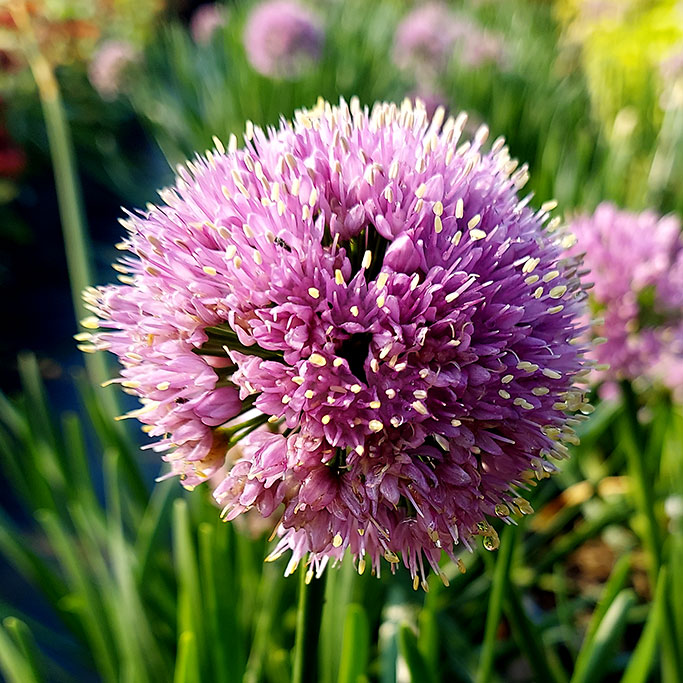
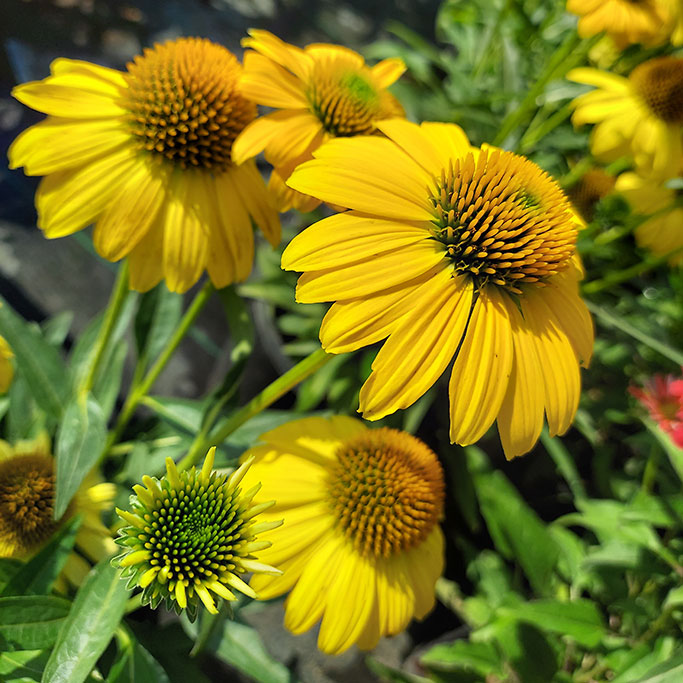
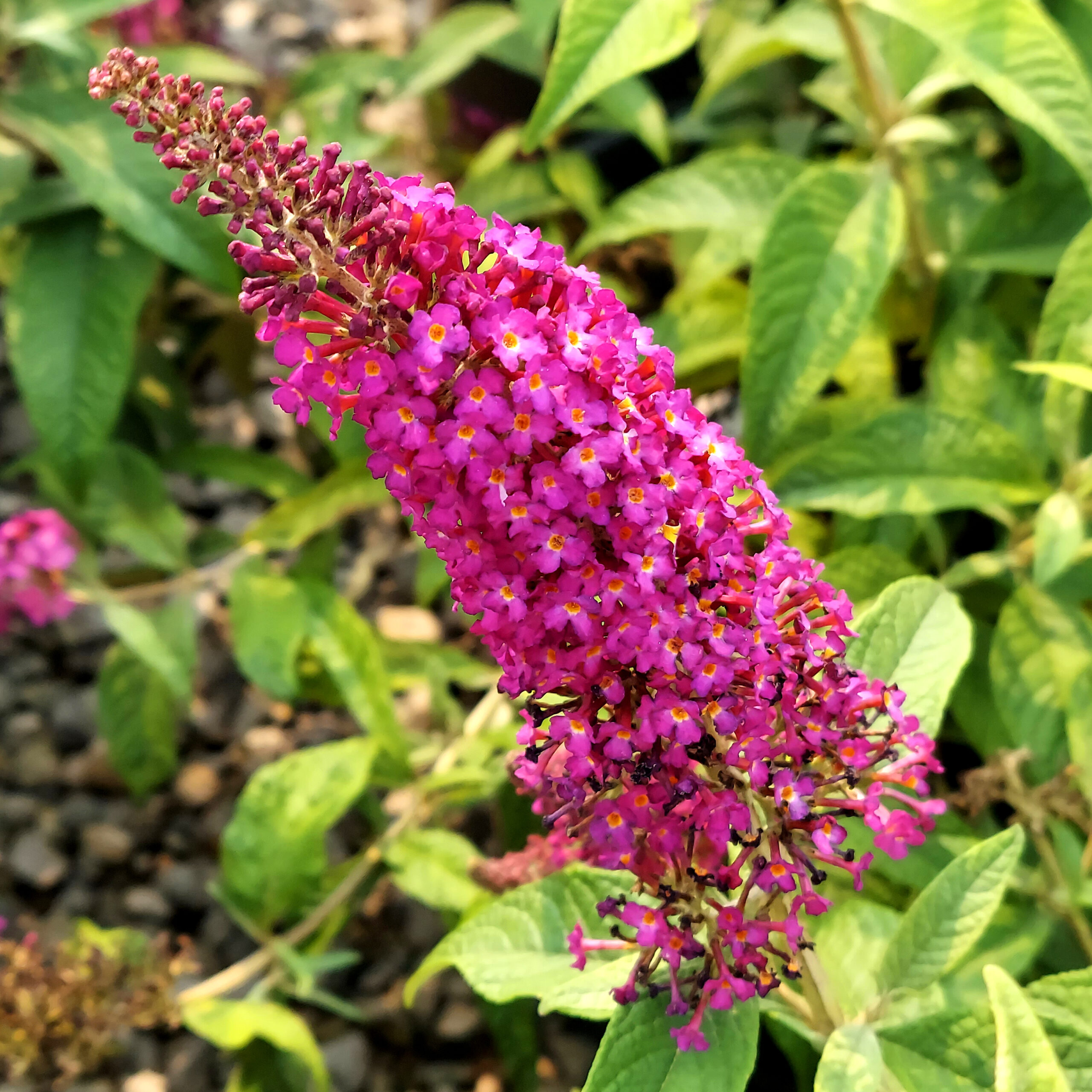
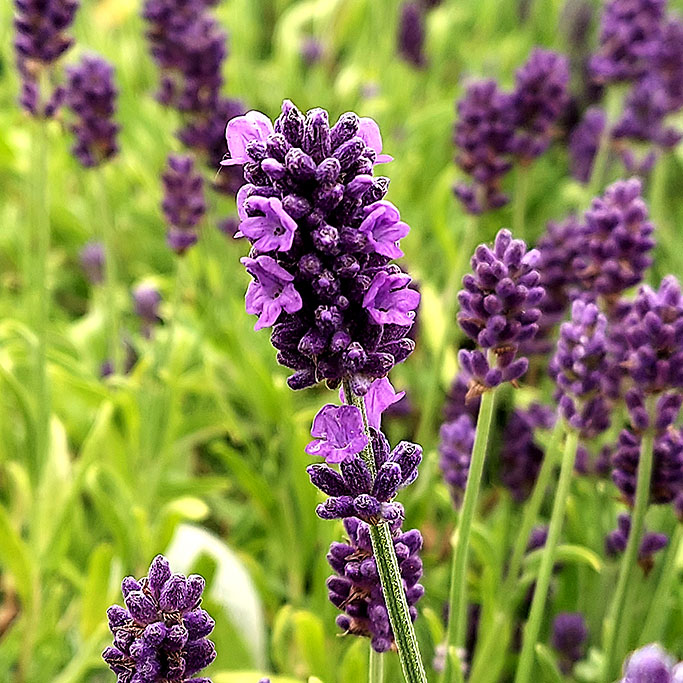
Now that we have gone through the benefits, and environmental reasons to plant pollinators, you might be asking WHAT SHOULD I PLANT? A good start would be native plant varieties. Here at Christensen’s, you can find Asclepias Tuberosa, Aster, Echinacea Purpurea, Liatris Blazing Star, and Lobelia Siphilitica. If we don’t carry it, we can always special order these native varieties for you! These native varieties are usually low maintenance and won’t break the bank. Many of the perennials and shrubs we carry regularly here at Christensen’s make great pollinators too! My closest bee encounters have been on our Agastache ‘Blue Fortune’. Come summer these are FULL of bees, making them an excellent choice. Allium, Buddleia (Butterfly Bush), Coneflower, Lavender, Monarda, Rudbeckia, Sedum, Phlox and Rudbeckia are great options, too, and are always found on our perennial lot. Other things you can do to ensure pollinator success is to plant in full sun, provide long-lasting blooms by planting varieties that flower at different times, plant in groups, and by trying to avoid insecticides.
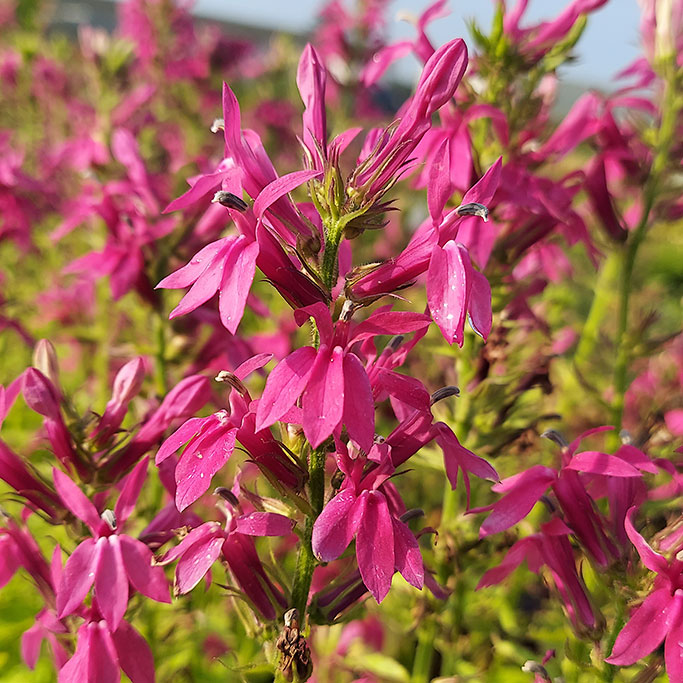
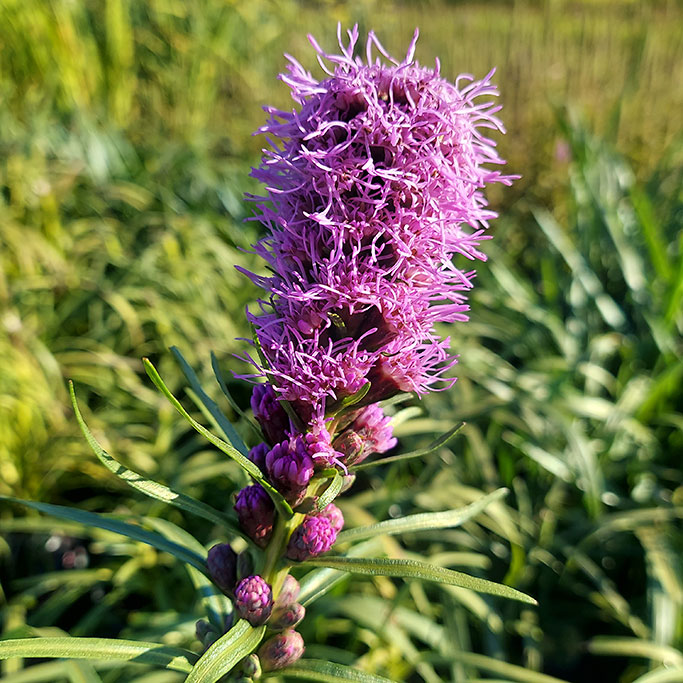
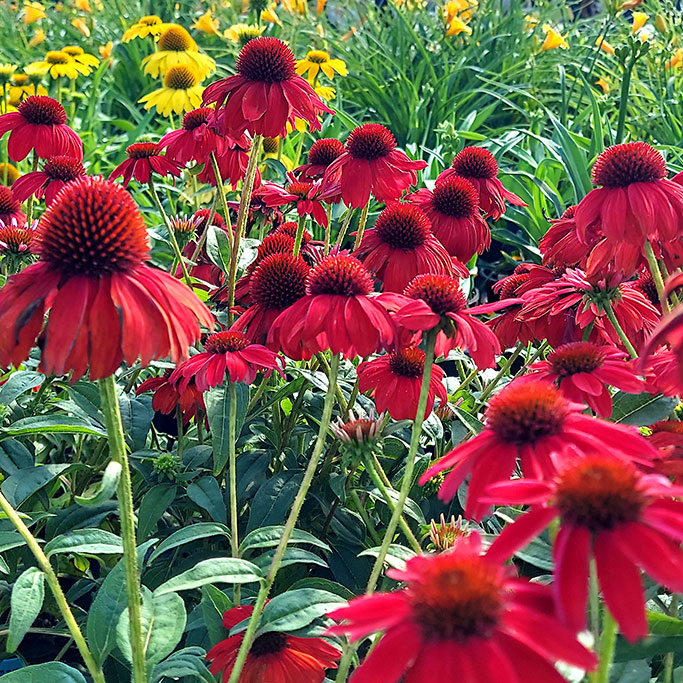
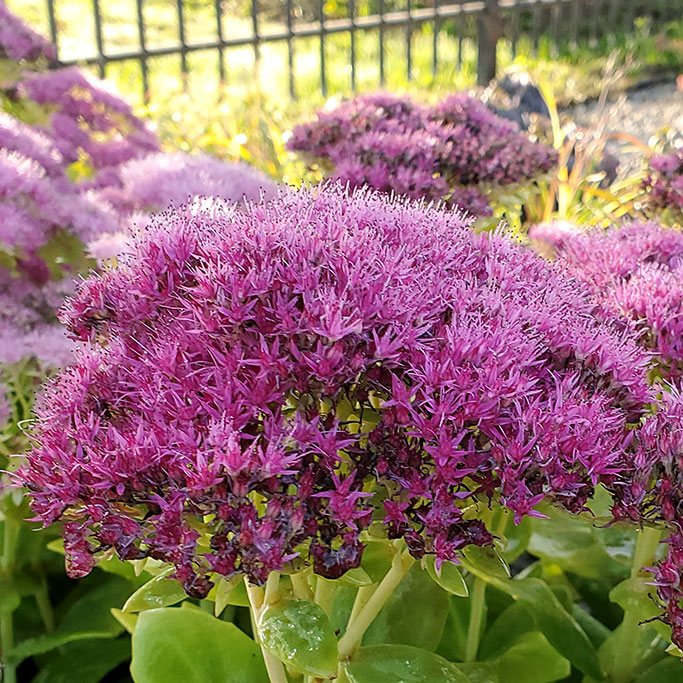
Pollinators are important for many reasons. Global food production, making sure invaluable insects endure, and helping our environment, and the important ecosystems within it thrive, are just a few. Planting pollinators is cost-effective, low maintenance, and will help you feel that you are doing your part to preserve our valuable planet. Just try not to get stung, I’ve heard it hurts!
